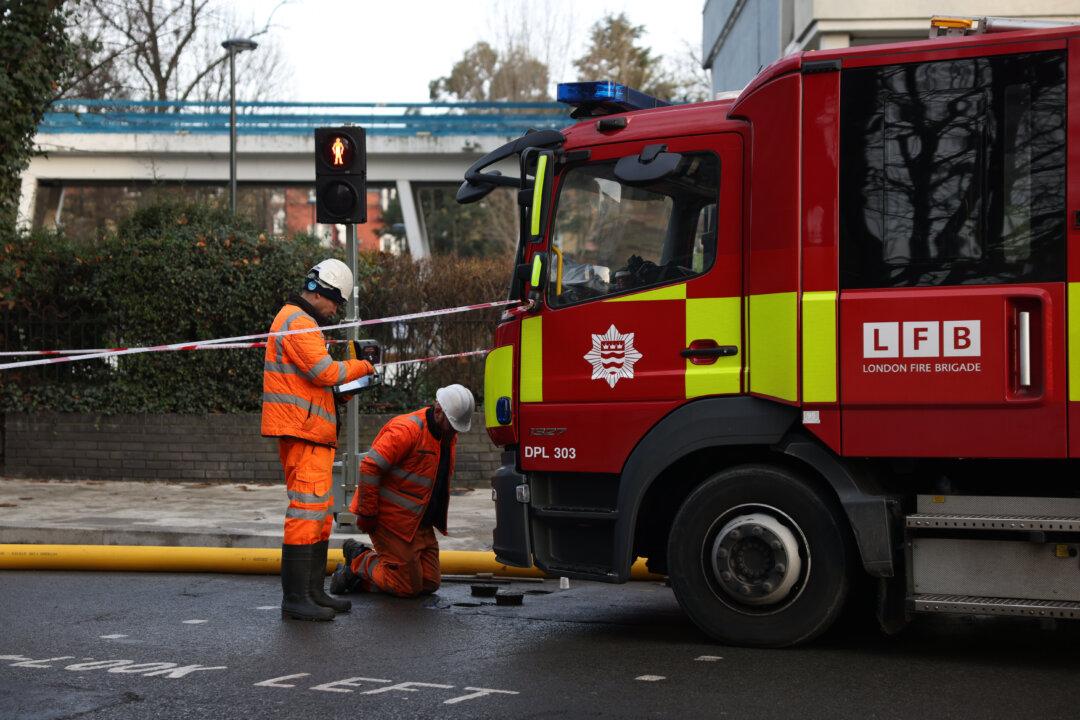Britain’s armed forces will trial laser and radio frequency weapons as part of a “Novel Weapons Programme,” the Ministry of Defence (MOD) said on Tuesday.
The MOD said it had awarded three contracts worth around £72.5 million ($100 million) to UK industry to produce advanced laser and radio frequency demonstrators as part of its “Novel Weapons Programme.”





